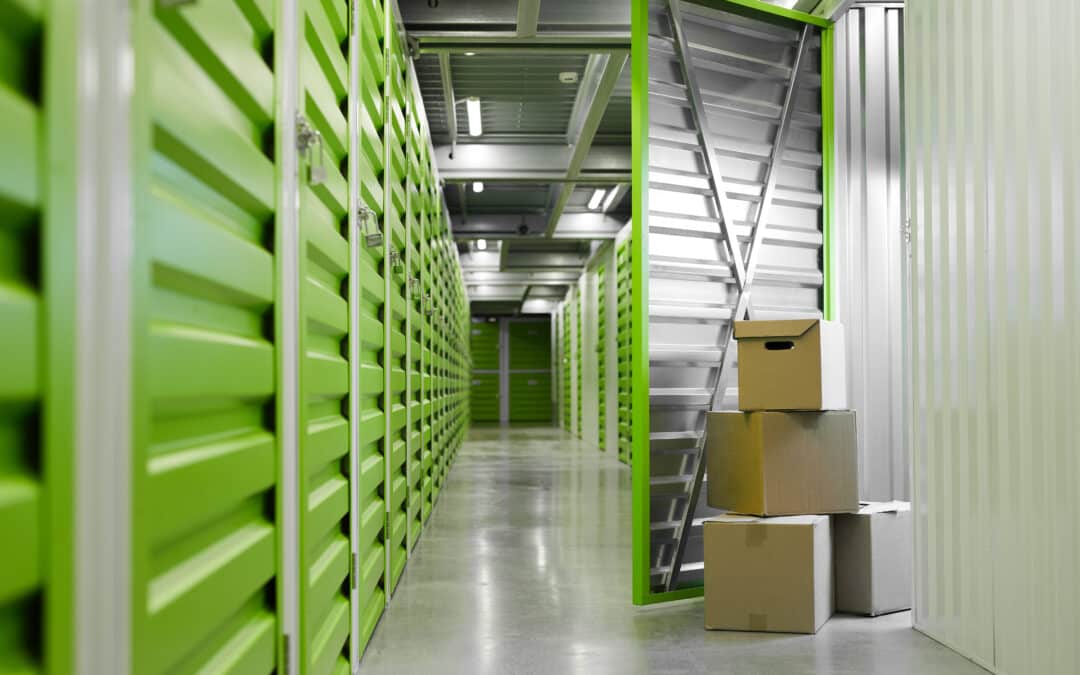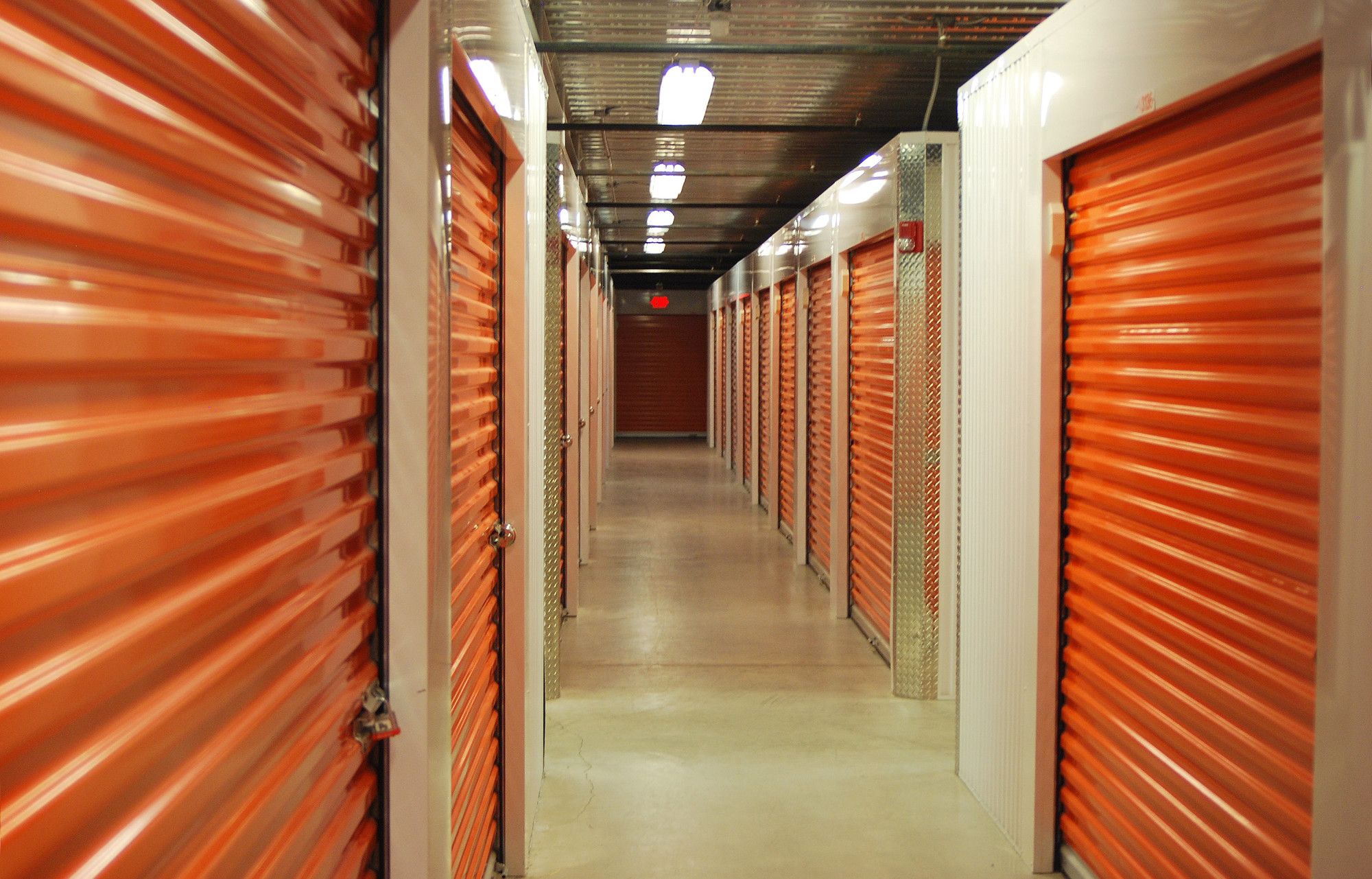Ever wondered how to make money while you sleep? Passive storage investments could be the answer. These hands-free investments generate income without requiring much of your time or effort. If you’re an investor looking to diversify your portfolio and create a steady stream of passive income, the world of passive storage investments may be for you.
An Introduction to Passive Storage Investing
Passive storage investing allows you to generate income without active involvement. You invest in storage units, warehouses, or container rentals and collect rent payments. It’s a straightforward way to create cash flow in the long run.
- Self-storage units are a popular choice. You buy a facility and rent out individual units to customers. It’s a stable market with steady demand and minimal maintenance required. Returns average 10-15% annually.
- Warehouse spaces also offer solid returns at lower risk. You purchase a warehouse and lease it to businesses for inventory storage or light industrial use. Lease terms are typically 3-10 years with built-in rent increases. Expect 7-12% returns.
- Container rentals involve buying shipping containers and leasing them out. Lessees use the containers for storage, shipping or even converted into pop-up shops. Returns are higher at 12-18% but more volatile. Containers require more active management to rent and move around.
With the right property and tenants, passive storage investments can generate income for decades with little input from you. The key is finding a sector with consistent demand in a stable market. Do your research, and analyze historical returns and occupancy rates. Look for properties with minimal maintenance that won’t require heavy time or money commitments from you.
Start with a small investment to learn the ropes. Build up cash reserves in case units sit vacant. And work with an experienced property manager to handle the day-to-day, so you can genuinely take a passive role. With the potential for solid returns and long-term income, passive storage investing is worth exploring.
Self-Storage Units: A Stable Income Stream
Self-storage units are one of the most stable passive income streams out there. As an investor, you buy or build a storage facility, then rent out individual units to customers looking for extra space.
- Demand for storage units is steady and growing. People are accumulating more stuff in smaller living spaces, driving the need for storage. New businesses are also always in need of affordable storage solutions.
- Profit margins are high. Industry averages show self-storage facilities generate around 41% profit margins. After covering operating costs like property taxes, insurance, and maintenance, the remaining income is mostly profit.
- Income is recession-resistant. Economic downturns don’t usually impact the self-storage industry. People still need a place to store their belongings in good times and bad.
- Low maintenance. Self-storage facilities require little daily oversight once built and units are rented. You’ll need to handle tasks like collecting payments, light repairs, and unit turnover, but self-storage largely runs itself.
- Tax benefits. Self-storage qualifies for valuable tax deductions like depreciation. You can deduct a portion of the facility’s value each year to help lower your tax burden.
Self-storage units are a perfect passive investment vehicle if you want an easy-to-manage business that generates consistent cash flow. They provide stable, long-term income streams with minimal hassle so you can sit back and collect the profits.
Warehouse Space: High Returns for the Right Strategy
High Returns, Low Hassle
Of all the passive storage investments, warehouse space offers some of the highest potential returns with relatively low management requirements. As an investor, you purchase or lease a warehouse facility and rent space to businesses for storage and distribution. Rental yields for warehouse properties typically range from 8-10% annually.
- Warehouse tenants, like manufacturers, retailers, and logistics companies, usually sign long-term leases of 3-5 years or more. This provides stable, predictable income for investors.
- Warehouses require little daily oversight since tenants handle their own storage and distribution needs. As the property owner, your main responsibilities are ensuring the facility is well-maintained and addressing any issues reported by tenants.
Location, Location, Location
As with any real estate, location is key to maximizing returns for a warehouse investment. Look for facilities near major transportation hubs, highways, and in areas with a strong manufacturing or logistics presence.
- Proximity to ports, rail yards, and intermodal facilities allows companies to efficiently ship and receive goods. This high demand translates into higher rents and occupancy rates.
- Easy access to major highways and thoroughfares is attractive for distribution centers and stores. Tenants can reach their customers and suppliers more quickly and cost-effectively.
- Industrial areas and business parks focused on transportation, logistics, and manufacturing contain ideal tenants for warehouse space. Surrounding businesses also draw more activity and interest in the location.
REITs: Low-Cost Access
If direct property investment isn’t feasible, consider a real estate investment trust (REIT) that specializes in warehouse and industrial facilities. REITs allow you to invest in real estate by purchasing company shares. They provide the benefits of property ownership without the responsibilities of being a landlord. REITs typically offer stable dividends of 5-10% per year.
REITs make warehouse investing accessible to nearly anyone. You can start with a small amount of money and add to your investment over time. REITs also provide instant diversification by owning a range of properties across different locations. This helps mitigate risk compared to owning a single warehouse outright. For patient investors seeking substantial passive income, warehouse REITs are an excellent option.
Container Investing: A Niche Market With Growth Potential
A Growing Market with Strong Fundamentals
The container leasing and shipping container market is poised for significant growth over the next several years. Industry reports project the container leasing market size to increase by 32.86 million from 2023 to 2027, at a compound annual growth rate (CAGR) of 16.52%. The global shipping container market also has a swift growth outlook over the forecast period to 2030.
Several factors are fueling this growth:
- The rise of global trade and increasing demand for containerized cargo shipping. As more goods are transported in containers, the need for containers and container leasing increases.
- The shift to offshore manufacturing and complex global supply chains. Containerized shipping is essential for transporting goods and components across borders and overseas.
- The increasing size of container ships requires more containers. The largest container ships today can carry over 20,000 TEU, driving demand for containers to fill these massive ships.
- The rise of intermodal freight transport which relies on containers that can be transported by ship, rail, and truck. Intermodal shipping is efficient, cost-effective, and environmentally friendly.
- The growing popularity of container architecture and container homes. Repurposed shipping containers are used to construct homes, offices, studios, and other buildings. This trend is driving up demand and prices for used containers.
While container investing is a niche market, the fundamentals suggest strong potential for growth and return over the long run. For investors interested in passive income streams and alternative assets, container leasing and shipping containers are worth exploring further. The opportunities in this market are many and varied.
Maximizing Your Passive Storage Investment
To maximize your passive storage investment, focus on these key strategies:
Diversify Your Portfolio
Don’t put all your eggs in one basket. Invest in a variety of storage facilities – self-storage units, warehouses, container spaces, etc. This helps reduce risk if one sector experiences a downturn. You can diversify by:
- Investing in different geographic locations. Some areas may have higher demand and returns.
- Choosing a mix of unit sizes. A range of small, medium, and large units will appeal to more customers.
- Including both climate-controlled and non-climate-controlled options. Climate-controlled is more expensive but attracts long-term tenants.
Keep Rent Increases Modest
While raising rent is a way to increase your returns, don’t do it too frequently or excessively. This can drive good tenants away and lead to higher vacancy rates. Aim for rent increases of 3-5% every 2-3 years. This strikes a balance between maximizing profits and keeping tenants happy.
Reduce Operating Costs
The lower your costs, the higher your cash flow. Look for ways to cut operating costs such as:
- Installing energy-efficient lighting and HVAC systems
- Performing regular maintenance to avoid large repair bills
- Streamlining administrative processes to minimize staffing needs
- Negotiating lower rates with suppliers and service providers
Consider a REIT
A real estate investment trust (REIT) is a simple way to invest in storage facilities without the responsibilities of direct ownership. REITs own and operate storage properties and allow investors to buy shares. REITs typically offer higher returns, tax benefits, and more liquidity than direct investments. They provide instant diversification across multiple properties.
Following these tips will put you well on your way to maximizing returns from your passive storage investments. With time and experience, you’ll gain valuable insights to help further optimize your portfolio.
Conclusion
So there you have it, a deep dive into the world of passive storage investments. As you’ve discovered, there are many options to choose from with the potential for solid returns and minimal hassle. Whether you want to invest in storage units, warehouses, shipping containers, or something else, the opportunities are there if you do your research. Now that you’re armed with the knowledge of what each type of passive storage investment entails, you can determine what aligns with your financial goals and risk tolerance. The key is to start small, learn the ropes, and build your portfolio over time. With the right strategy and patience, passive storage investments could provide you with a steady stream of income for years to come. The world of passive storage investing awaits!





